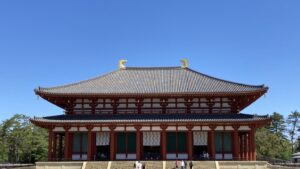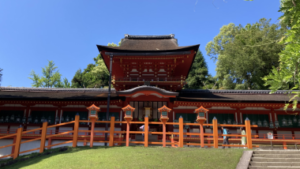Eiheiji Temple, Training Center of Soto Zen Buddhism
Every moment of life is regarded as a Zen practice. Eiheiji Temple, founded by Dogen, the founder of the Soto sect, is situated deep in the mountains. By avoiding political entanglements, resonating with the local populace, addressing their simple concerns, and maintaining consistent missionary activities, Soto Zen spread among local samurai and common people.
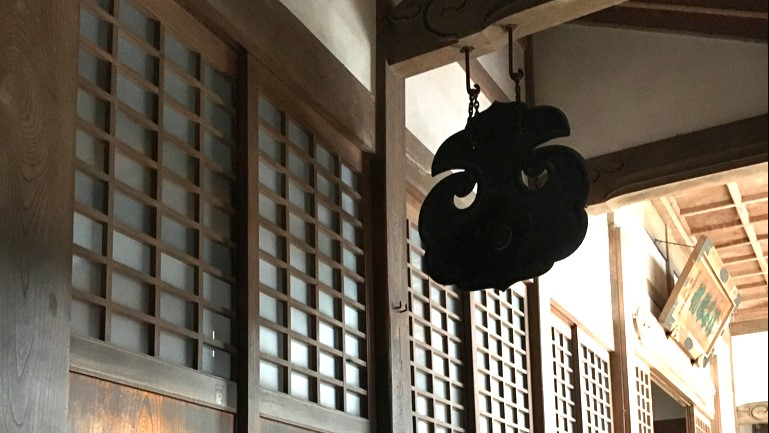
Just Sitting Single-Mindedly
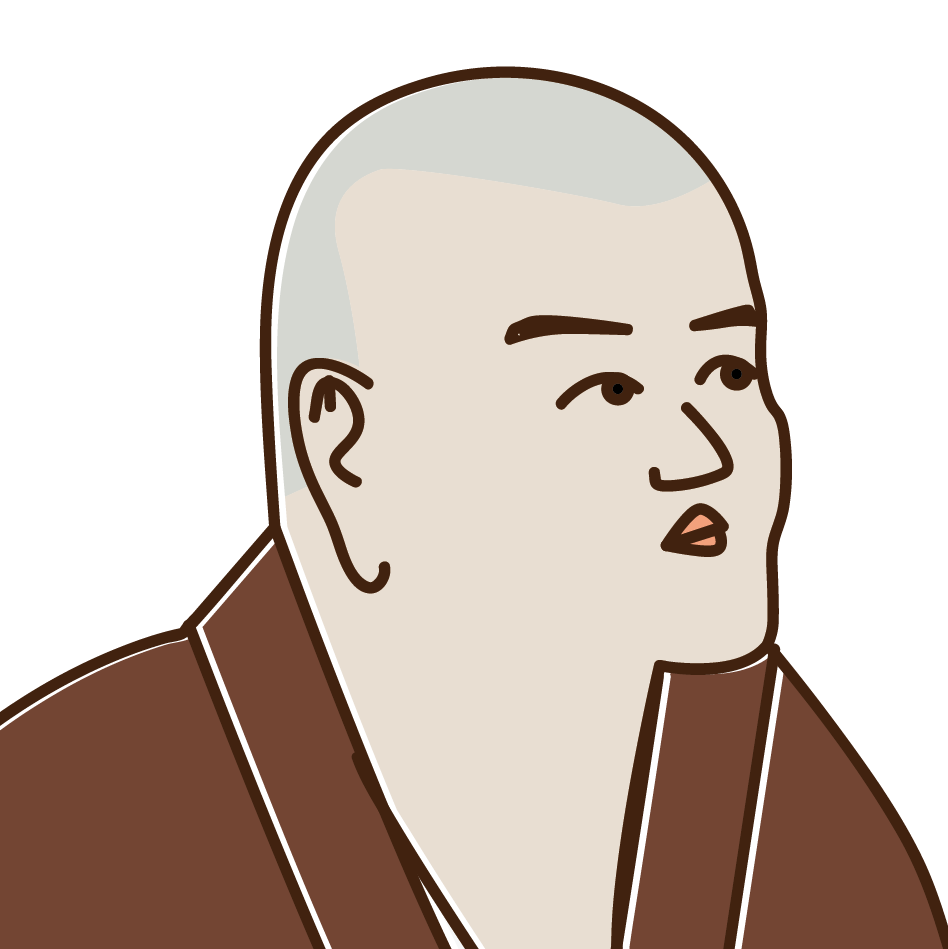
Once you walk into Eiheiji Temple, especially in winter, you may be surrounded by the crisp atmosphere generated by the arduousness of the Zen priests’ religious training. Eiheiji Temple was founded in 1244 by Dogen (1200-1253, 道元), as a principal practice center of the Soto sect to teach the true Way of Buddhism. About 200 monks undergo training every day, including the Soto sect’s Zen, called Shikantaza, which is to sit single-mindedly to harmonize the mind, body, and breath, and then to attain enlightenment.
Stay Hungry, Stay Foolish
Steve Jobs, the co-founder of Apple Inc., concluded his commencement address at Stanford University with these words: "Stay hungry, Stay foolish". It originated from the teaching of the Zen master, Tozan Ryokai, whom Dogen respected: Even though you may feel foolish and dull, single-minded devotion to ascetic training leads you to the Truth - "潜行密用は愚の如く、魯ろの如く、よく相続するを主中の主と名づく" - Dogen taught that everything we do daily is a form of ascetic practice.
Dogen’s Life: Seeking the True Way of Buddhism
Dogen entered the priesthood at age 14 after losing his father at the age of 3 and his mother at the age of 8, one after another. He lived in an era of disorder when he was young; during that many conflicts occurred among the samurai and the Imperial court nobles, after the first shogun of the Kamakura shogunate, Minamoto Yoritomo (1147~1199, 源頼朝) died in 1199 and the second shogun, Minamoto Yoriie (1182~1204, 源頼家) was killed by his vassal in 1204.
In this situation, the cloistered Emperor Go-Toba (1180~1239, 後鳥羽上皇) took this opportunity to recapture the administration from the samurai to the Imperial Court and ordered the defeat of the Kamakura Shogunate, but failed. Go-Toba was unprecedentedly exiled to the isolated Oki island in 1221, and approximately 3,000 private estates of the Imperial Family were confiscated. It made the Kamakura Shogunate spread its direct authority and power nationwide again. This was the unprecedented incident of punishing the cloistered Emperor who took control of politics fully as the Imperial Family. Dogen was said to be affected by the event as one of Go-Toba’s empresses was Dogen’s half-sister. This might have promoted him to go to China to seek the true way of Buddhism more deeply, as it was such a turbulent time. Two years later, he became enlightened during Zazen meditation by escaping from selfish and worldly desires, attaining the freedom of the soul and body, and then he returned to Japan.
All the Activities of Life are Practice and Training
In addition to Zazen practice, daily activities, especially cooking and eating, are considered training for monks. Dogen described this in his book: Tenzo Kyokun (Instructions for the Cook). It preaches three principles of the three minds for Tenzo (head chef): (1) Kishin (喜心) to feel the joy of being able to cook, (2) Roshin (老心) to cook from other people’s points of view, such as fine taste, visual beauty, and so on, and (3) Taishin (大心) to cook with aspirations without forgetting the original intention.
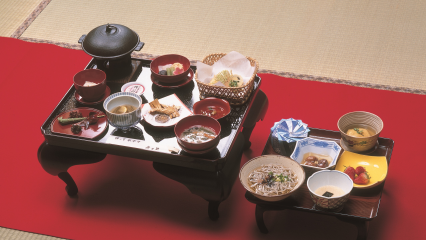
Thus, Buddhist cuisine has developed to be tastier and more beautiful using healthy ingredients such as brown rice, vegetables, sesame, soybeans, and miso without meat and fish to purify one’s body and soul. The monks chant the verse of five contemplations whenever they have a meal. On the other hand, Japanese people say a shortened word, “Itadakimasu”, meaning five contemplations;
- First, we reflect on the effort that brought us this food and consider how it comes to us.
- Second, we reflect on our virtue and practice, and whether we are worthy of this offering.
- Third, we regard this food as an obstacle to freedom of mind.
- Fourth, we regard this meal as medicine to sustain our lives.
- Fifth, for the sake of enlightenment, we now receive this food.
Explore Dogen's teaching by staying at Daihonzan Eiheiji Temple
Dogen Timeline
| Dogen | Period | ||
| 1192 | Minamoto Yoritomo became Shogun of Kamakura Shogunate | - | Kamakura |
| 1199/01 | Minamoto Yoriie assumed the 2nd Shogun of the Kamakura Shogunate (Age=18) | - | |
| 1200 | Dogen was born in Kyoto | Age=1 | |
| 1201/11 | Go-Toba-In issued an order to compile an imperial anthology of the New Kokin Wakashu | 2 | |
| 1213 | Dogen was ordained and studied Buddhism at Enryakuji Temple | 14 | |
| 1221/05/14 | Go-Toba-In raised an army against Kamakura Shogunate (The Jokyu War) | 22 | |
| 1221/07/09 | Go-Toba-In was exiled to Oki Islands | 22 | |
| 1223 | Dogen went to Sui Dynasty to study Buddhism | 24 | |
| 1227 | Dogen returned to Japan | 28 | |
| 1233 | Dogen started to spread Zen training in Kyoto | 34 | |
| 1244 | Dogen established Daibutsuji Temple | 45 | |
| 1246 | Dogen Renamed Daibutsuji to Eiheiji | 47 | |
| 1252 | Dogen passed away | 54 |
Recommendations to visit
Eiheiji Temple
- Access: 30 minutes from JR Fukui Station by Eiheiji Liner Bus. Get off at Eiheijiguchi
Sojiji Temple
- Access: 35 minitues from JR Tokyo sataion on Keihin Tohoku Line. Get off at Tsurumi Station. A 5-minute walk.

